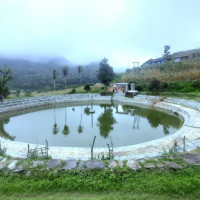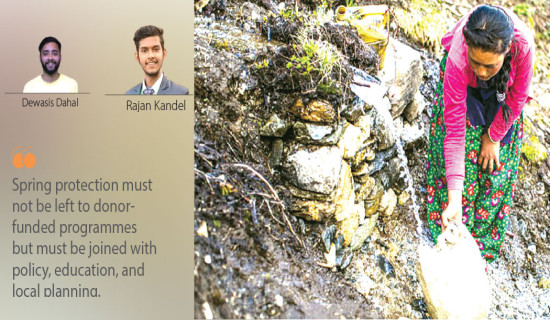- Friday, 29 August 2025
Punish The Stalkers
After getting stalked and harassed for more than a year, a young female college student resorted to posting and seeking help online. She had previously filed cases in numerous police stations. But, each time, reconciliation was prioritised over stringent action against the offender. However, she went on facing harassment. Only after her online post, the police took the perpetrator into custody due to massive public pressure. This heinous incident has paved the way for initiating a greater discourse on stalking, demanding stricter legislative efforts. Stalking refers to the unwanted and obsessive attention directed at a specific person. It is of two forms, namely physical and electronic. While men also suffer from stalking cases, many women are found to be the victims.
Girls and women are found to be an easy target of creepy men in the majority of societies, including ours. Such ill-intended men do not understand the true meaning of boundaries and respect. Hence, stalking and harassing behaviours are still not considered a problem in our society. In the name of expressing love and attention, obsessive behaviour is shown towards females. But, for a person on the receiving end, this is a traumatic experience that can trigger depression, anxiety and other forms of harrowing disorder.
A strong and victim-supportive legal system is the only means to tackle such issues. But, in the case of Nepal, laws are inadequate and not stringent enough to deal with stalking-related cases. For instance, the country’s laws do not clearly define stalking. And in the case of sophisticated crimes like cyber stalking, the Electronic Transaction Act, 2063, does not have any provision. Law-enforcing agencies like the police lack the institutional capacity to investigate such offences. Since police prioritise reconciliation and agreements between the victim and the perpetrator, such initiatives do not restrict stalkers from stalking.
The legal system reflects our own society’s mindset. In a patriarchal society like ours, the perpetrators wrongly believe that their actions are not harmful. Also, families try to suppress the incident and discourage victims from speaking up due to the fear of ruining their social prestige. This creates an unsupportive environment for the victims. And they are forced to walk on eggshells, suffering all the time.
Telling girls and women to stay alert instead of allowing them to question and confront the perpetrator is against the idea of justice. Hence, we must change our existing thinking. Firstly, the legislature must prioritise the formulation of laws and their amendment to clearly define stalking and have provisions regarding this. Secondly, the police must be trained to effectively address stalking cases by encouraging victim-centric investigations. Thirdly, the victims of stalking must be inspired to collect evidence and document it whenever they face any such situation. Likewise, the concerned families must encourage and support the victims.
They must not be blamed or shamed. Rather, a zero-tolerance approach against the perpetrators is fundamental. Fourthly, therapy and counselling centres need to be adequately established to enable the victims to get out of their traumas and disorders. The majority of countries, including our immediate neighbour India, have clear laws to deal with stalking. As long as a legal framework is not set up in Nepal, stalking cases will continue, allowing the perpetrators to go scot-free. The country must work towards enhancing its legal system. Improved justice mechanisms combined with the power of social media could discourage stalking behaviours significantly, transforming our society and enhancing the status of girls and women.
















